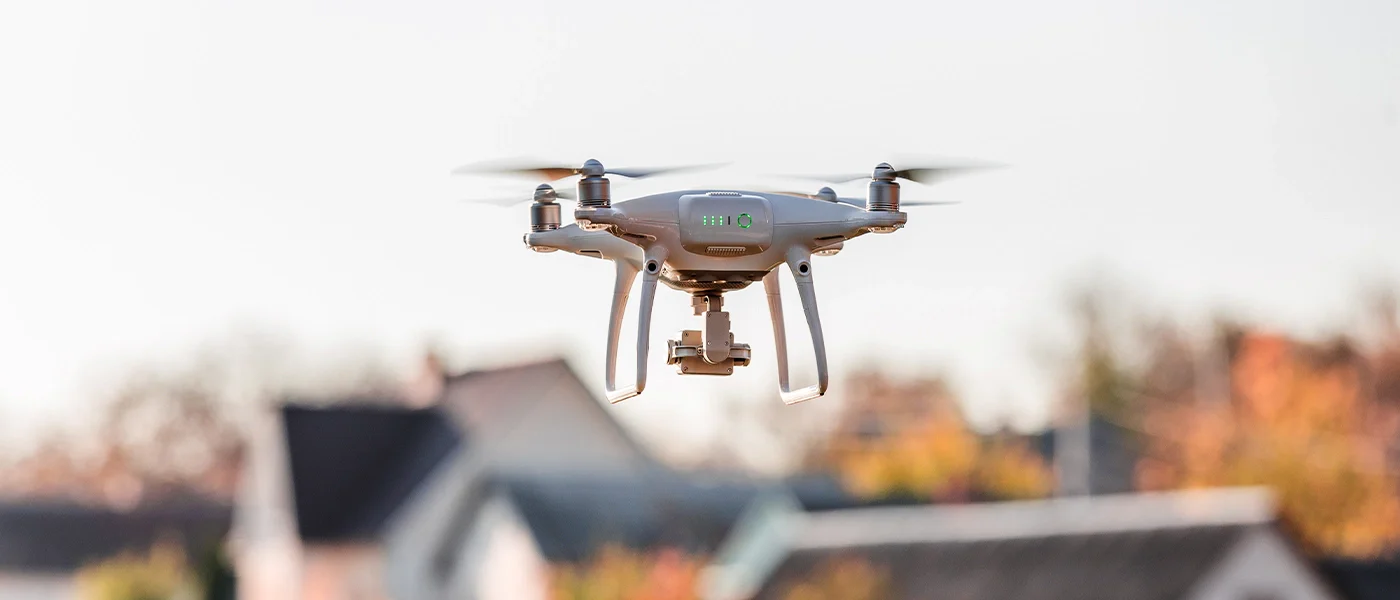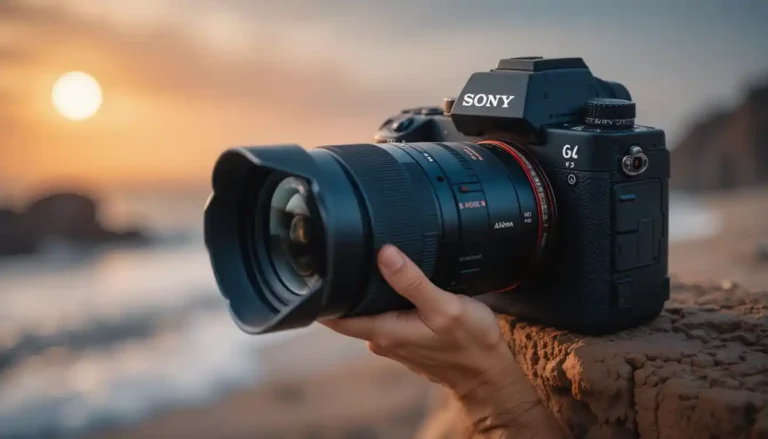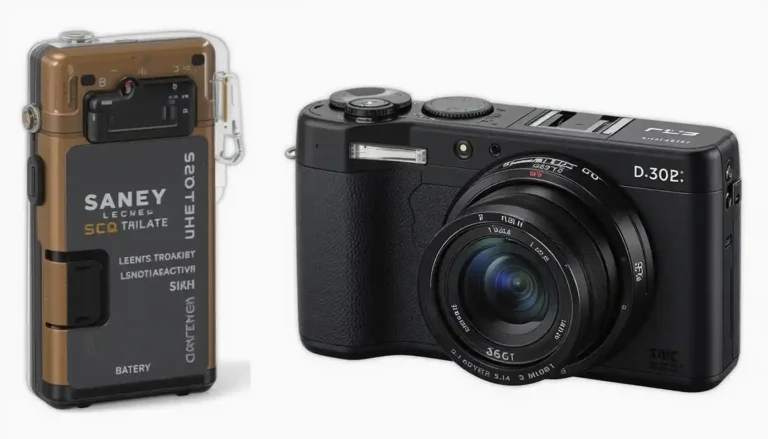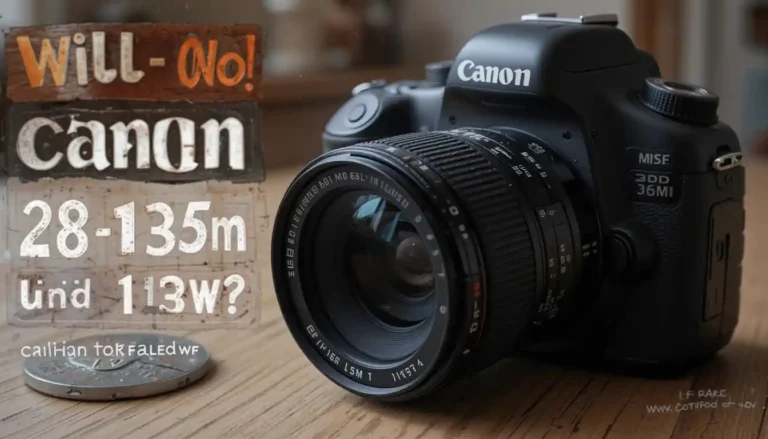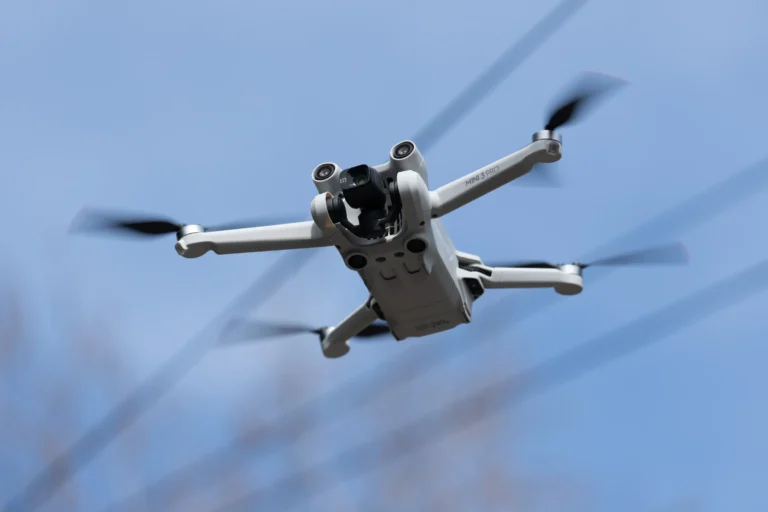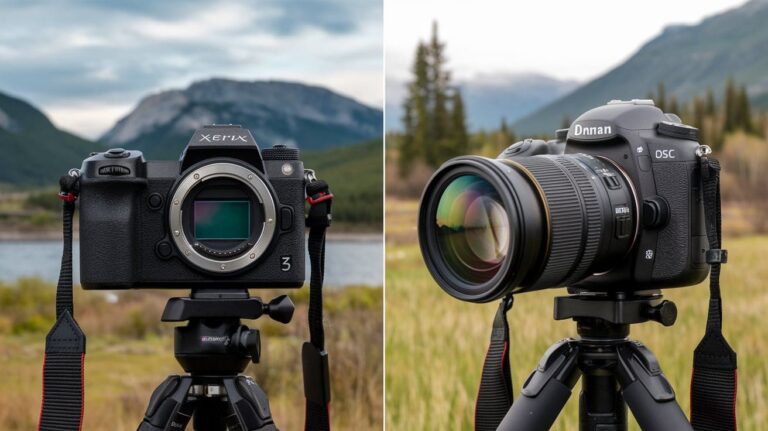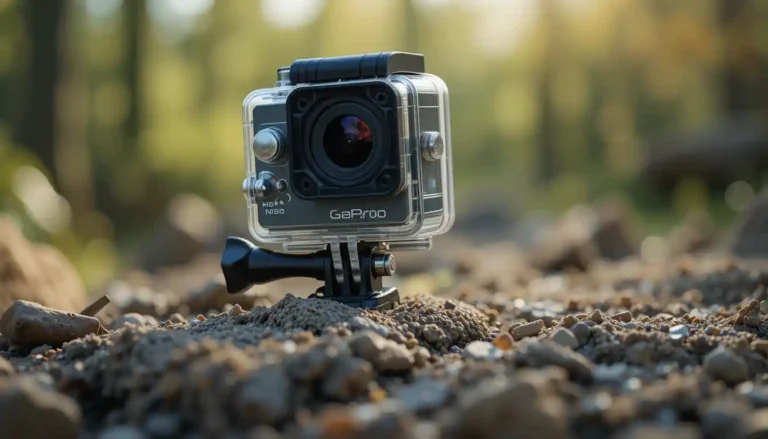Can You Fly a Drone Over Private Property? Know the Rules Before You Fly!
Can You Fly a Drone Over Private Property? This question has sparked debate among drone hobbyists, photographers, and property owners alike. With drones becoming more popular for capturing aerial footage, surveying land, or simply for fun, knowing where you can legally and ethically fly is more important than ever. Laws vary by country and even by state or region, and misunderstanding them could land you in legal trouble. In this article, we’ll explore everything you need to know about flying drones over private property, including legal regulations, privacy concerns, safety tips, and best practices, to help you fly responsibly and stay out of conflict.
Can You Fly a Drone Over Private Property?
As drones become more popular for photography, videography, and hobby flying, many users wonder: can you fly a drone over private property? While drones offer exciting new perspectives, they also raise concerns about privacy, safety, and legality. In this guide, we’ll explore what drone laws say about flying over private land, how privacy issues apply, and what steps you must take to stay legal and respectful.
What the Law Says About Flying Over Private Property
Understanding drone laws is essential before flying. Most countries regulate the airspace, not property owners. In general, airspace starting a few feet above your property is considered public regulated airspace, controlled by national aviation authorities.
For instance, in the United States, the FAA (Federal Aviation Administration) regulates drone flight. While landowners control the ground and structures, the air above is public once it reaches navigable airspace (usually above 83 to 400 feet). This means you technically can fly a drone over private property if you’re not violating other rules.
In the UK, the CAA (Civil Aviation Authority) allows flights over private property if you’re following the Drone and Model Aircraft Code, including distance and height regulations. However, local and state laws may further restrict how and where you can fly. For example, California and Florida have specific laws that protect personal privacy.
Can You Legally Fly a Drone Over Someone’s House or Backyard?
This is where things get tricky. While the airspace might be public, that doesn’t mean you can fly anywhere without consequences.

You can fly a drone over private property, but:
- You must not hover or linger over someone’s property.
- You cannot record or photograph people without their consent in private spaces.
- Your drone must not cause nuisance, disturbance, or harm.
- You must remain within legal height limits, usually under 120 meters (400 feet).
- Always follow line-of-sight rules and avoid flying at night unless authorized.
Examples of When It’s Legal:
- Flying over a neighborhood while passing through, without stopping.
- Recording a landscape that happens to include private land from a legal distance.
- Flying your drone above 50m away from people and homes as required in some countries.
Drone Privacy Laws: Know Before You Fly
One of the biggest concerns surrounding drone usage is privacy. Laws vary by country, but the general rule is: you cannot record or monitor someone on their private property without consent.
Key Points on Privacy:
- Recording through windows, backyards, or pools is often illegal or considered harassment.
- Audio recording laws may also apply depending on your location.
- Violating privacy laws can lead to civil lawsuits, fines, or criminal charges.
For example:
- In the EU, the GDPR applies to personal data, including drone footage.
- In the U.S., some states like Texas, California, and Illinois have strict drone privacy laws.
Always check your local or regional privacy regulations.
Can You Fly a Drone Over Private Property in Different Countries?
United States (FAA)
- Allowed if you’re flying under Part 107 or Recreational Rules.
- Must stay below 400 feet, away from airports.
- Cannot violate privacy, trespassing, or state-specific rules.
United Kingdom (CAA)
- Max altitude: 120m (400ft)
- Stay 50m away from people and 150m from built-up areas
- No flying over crowds or private gatherings
Canada (Transport Canada)
- Drones over 250g require registration and certification.
- Avoid flying over private property without permission.
- 30m horizontal distance from people/buildings in most cases.
Australia (CASA)
- No flying over private property without permission.
- No flying over people or crowds.
- Maintain visual line of sight at all times.
Pakistan
- Drones over a certain weight require CAA approval.
- Flying over sensitive or private areas may require clearance.
- Strict laws near military zones, government buildings, and cities.
Always consult your country’s aviation authority for up-to-date regulations.
When Can You Fly Over Private Land Without Permission?
Generally, you’re allowed to fly over private land if you meet all aviation laws and local rules. Below are acceptable scenarios:
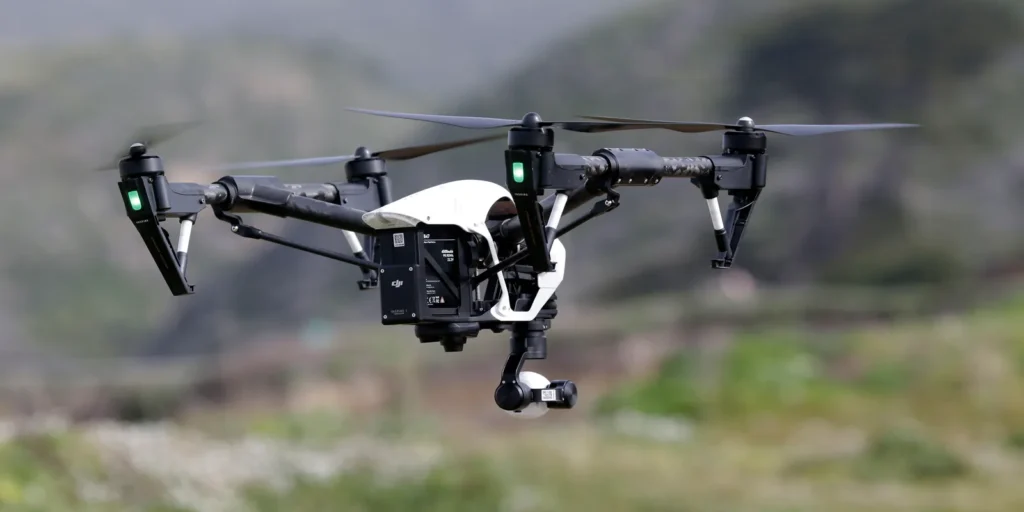
- You’re flying over public right-of-way areas like streets or parks.
- Your drone is under 250g, which often has fewer restrictions.
- You’re not recording private individuals or property.
- You’re passing over, not hovering, and at a legal altitude.
When It’s Illegal to Fly Over Private Property
Here are cases where flying a drone over private property becomes illegal or risky:
- Hovering for long durations over someone’s yard.
- Recording someone without their consent, especially in private settings.
- Flying below legal minimum altitude or through windows.
- Causing noise or nuisance, especially repeatedly.
- Flying in restricted zones like government buildings or airports.
You can face:
- Fines or citations
- Drone confiscation
- Civil lawsuits
- Jail time in extreme harassment or national security cases
How to Fly a Drone Respectfully Over Private Property
Even if it’s legal, it’s important to fly respectfully. Here are best practices:
- Avoid hovering directly over private homes or backyards.
- Do not film or photograph people without consent.
- Use apps like B4UFLY, Drone Assist, or Airmap to plan your route.
- Avoid flying at early morning or night near homes.
- Keep your drone visible at all times (line-of-sight).
- Mute your drone camera if flying over residential zones.
What to Do If a Drone Is Flying Over Your Home
If you’re on the receiving end and a drone is flying over your home:
- Do not damage the drone (illegal in most countries).
- Record video or photos of the incident.
- Try to speak with the operator calmly if visible.
- Contact your local authorities or aviation regulators.
- File a complaint if the drone appears to be recording or harassing.
In the U.S., report drone misuse to the FAA’s Drone Complaint System.
Can You Shoot Down a Drone Over Your Property?
No, you cannot legally shoot down a drone, even if it’s flying over your land. In most countries, drones are considered aircraft under aviation law.
Shooting down or jamming drones can result in:
- Federal charges
- Fines up to $25,000
- Property damage liability
- Criminal records
Instead, document the issue and report it legally.
Final Thoughts
Understanding the legal and ethical implications of can you fly a drone over private property is essential for both new and experienced drone pilots. While you may have the right to access certain airspace, that doesn’t give you a free pass to ignore privacy laws, local regulations, or safety protocols. The key is to fly respectfully, always be aware of your surroundings, know the rules in your area, and avoid actions that could lead to complaints or legal consequences. Whether you’re flying for fun, work, or content creation, responsible drone use ensures a safer sky for everyone.
Frequently Asked Questions (FAQs)
1. Can you fly a drone over private property in the U.S.?
Yes, but you must follow FAA rules and avoid violating privacy or trespassing laws.
2. Is it illegal to fly a drone over someone’s backyard?
It’s not always illegal, but hovering or filming can lead to legal issues.
3. Can I record video with my drone over someone’s house?
Not without their permission, this may violate privacy laws.
4. What should I do if a drone is flying over my home?
Record the incident, avoid confrontation, and report it to local or national authorities.
5. Can you shoot a drone down over your property?
No. Shooting a drone is a federal offense in many countries, including the U.S.
6. What is the legal flying height for drones?
Typically under 400 feet (120 meters), but check your country’s aviation authority.
